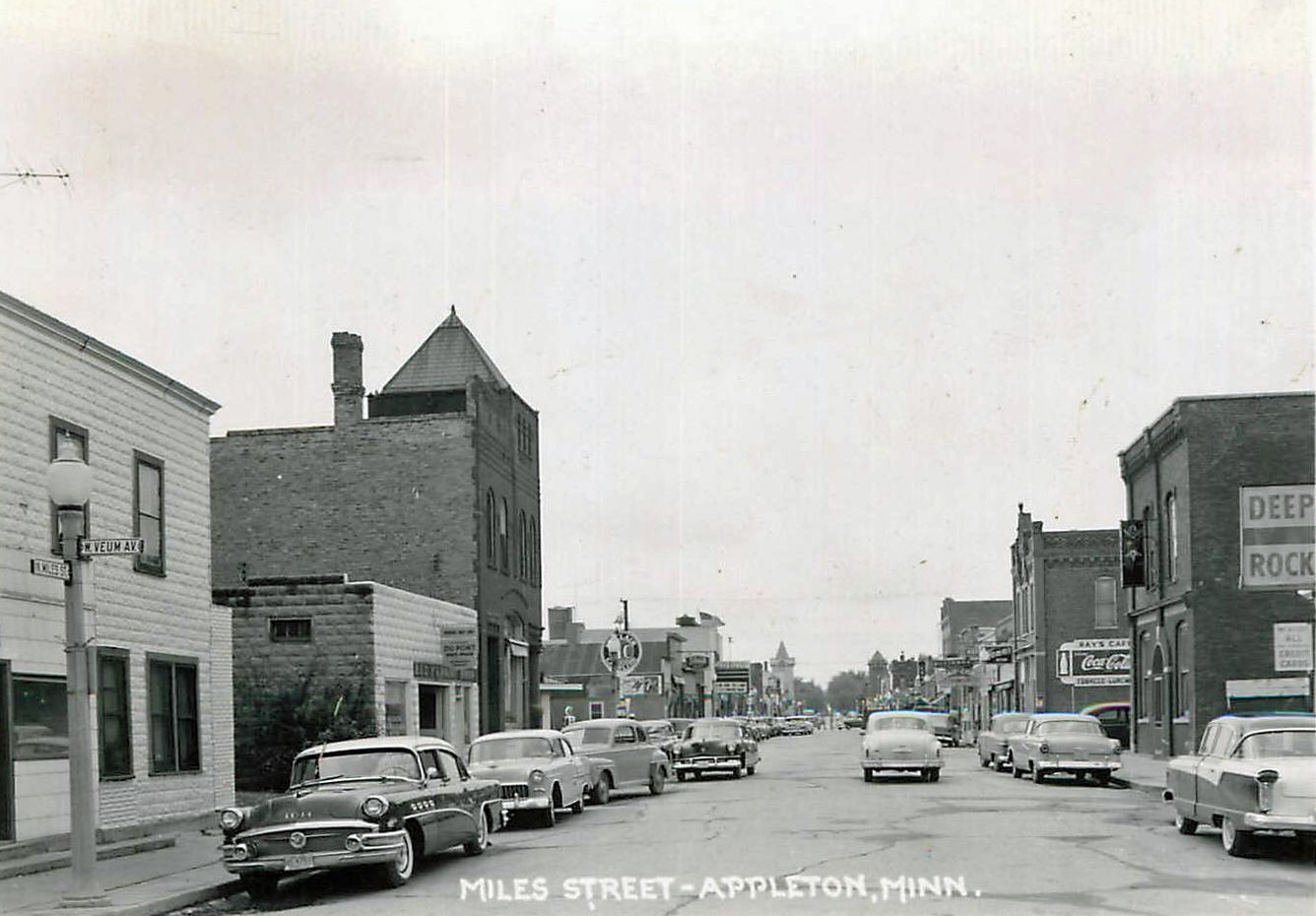Shortly after World War II ended, the city undertook a concerted effort to reorganize its street system. Miller, who served as mayor in 1946 and 1947 and was a battalion commander with the 135th Infantry Regiment of the renowned “Red Bull” 34th Division during World War II, saw this as an opportunity to honor the city’s fallen heroes by renaming Appleton’s streets and avenues after them. He contacted families with his plan, and after receiving unanimous support took his proposal to the city council, where it was approved – unanimously.
Following the council’s approval in 1946, city leaders began the work of transforming the street grid into a memorial landscape. The process involved identifying eligible service members, confirming the spelling and details of each name, determining street assignments, and coordinating with their families. It took nearly a year to finalize the plan, due in part to a post-war shortage of steel for the new street signs. This shortage delayed the production and installation of signage, pushing the formal unveiling to the spring of 1947. Despite these challenges, the city remained committed to the project.
On May 21, 1947, the Appleton City Council formally adopted the street renaming ordinance, approving the installation of 26 new street signs honoring the local men killed in World War II. A total of 29 soldiers were commemorated, with three signs bearing two names each—groupings made in cases where the fallen shared a surname or familial relationship. For example, Werring Avenue was named for brothers Sgt. Burt A. Werring and Capt. Leigh H. Werring. These practical pairings allowed the city to match the number of available streets with the full roster of local casualties.
More than 1,000 people gathered at the Appleton Cemetery on May 30, 1947, for the Memorial Day dedication—an event that drew both statewide and national attention. The morning began with a parade through town, led by the Appleton Anti-Tank Company, which ended at the cemetery, where area residents, families, veterans, and civic leaders honored the city’s war dead. A broken-formation flyover by the 133rd National Guard Fighter Squadron paid tribute to the fallen, while General Norman E. Hendrickson, commander of the 47th National Guard Division, served as keynote speaker. The ceremony marked the formal unveiling of 26 newly named streets, each honoring a local soldier lost in World War II.
Surviving relatives of the fallen servicemen were guests of the Appleton Business Men’s Association at a dinner that evening.
The Memorial Day dedication at the Appleton City Cemetery was more than just a ceremony—it showed how seriously the city took honoring those killed in combat. Alongside a large number of attendees and national media coverage, the event combined traditional memorial elements with something completely new: naming streets after fallen soldiers. This practice transformed remembrance into a part of daily life, ensuring the men remained a permanent presence in the city.
Over the years, the memorial has grown to include 36 soldiers across four wars – 31 from World War II, with additions from Korea, Vietnam, and Iraq. Miller’s vision worked: Appleton had created one of America’s most unique “living memorials” by making remembrance part of everyday life. This commitment extended beyond public displays; for example, the community held a Memorial Day dinner honoring surviving families, reflecting its dedication to both collective memory and private loss.
In Appleton, the memory of fallen soldiers was not left to statues or plaques alone—it was etched into the routes residents take each day, ensuring remembrance remains not just visible, but lived. City street signs not only memorialize profound loss but also keep alive the community’s commitment to never forget. Driving through town is like driving through history.
 Minnesota Then
Minnesota Then


